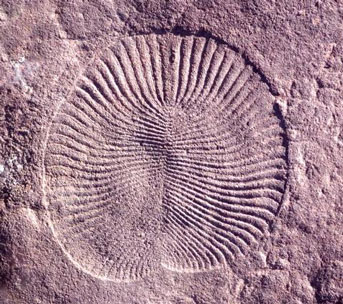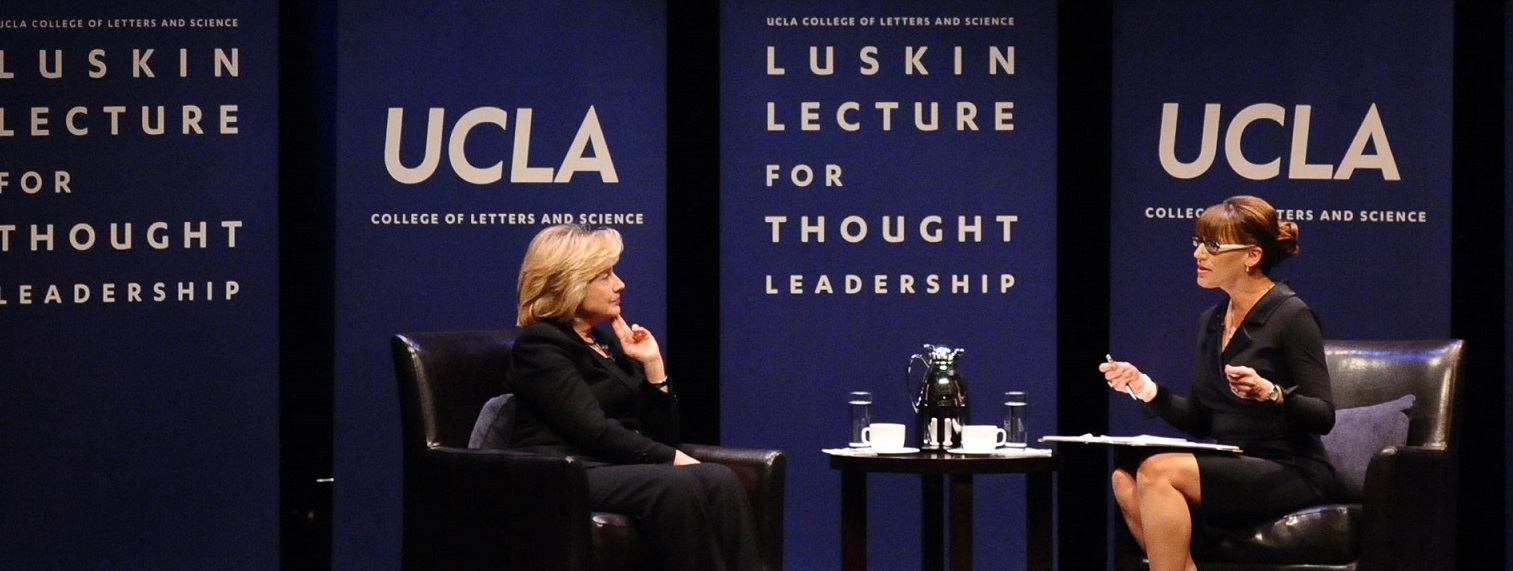
The earliest multicellular organisms may have lacked heads, legs, or arms, but pieces of them remain inside of us today, new research shows.
最新研究显示,最早的多细胞生物可能没有头、腿或胳膊,但它们的碎片至今仍在我们体内。
According to a UC Riverside study, 555-million-year-old oceanic creatures from the Ediacaran period share genes with today’s animals, including humans.
根据加州大学河滨分校的一项研究,5.55亿年前的埃迪卡拉纪海洋生物与当前包括人类在内的动物有着相同的基因。
“None of them had heads or skeletons. Many of them probably looked like three-dimensional bathmats on the sea floor, round discs that stuck up,” said Mary Droser, a geology professor at UC Riverside. “These animals are so weird and so different, it’s difficult to assign them to modern categories of living organisms just by looking at them, and it’s not like we can extract their DNA — we can’t.”
“它们都没有头或骷髅。它们中的许多看起来可能像海床上的三维浴垫,圆形圆盘向上翘起,”加州大学河滨分校地质学教授Mary Droser说。“这些动物如此怪异,如此不同,仅凭观察就很难将它们归入现代生物类别,而且我们也不能提取它们的DNA。”
However, well-preserved fossil records have allowed Droser and the study’s first author, recent UC Riverside doctoral graduate Scott Evans, to link the animals’ appearance and likely behaviors to genetic analysis of currently living things. Their research on these links has been recently published in the journal Proceedings of the Royal Society B.
然而,保存完好的化石记录使得Droser和该研究的第一作者,最近刚从加州大学河滨分校毕业的博士研究生Scott Evans,能够将动物的外观和可能的行为与当前生物的基因分析联系起来。他们关于这些联系的研究最近发表在《英国皇家学会学报B辑》上。
For their analysis, the researchers considered four animals representative of the more than 40 recognized species that have been identified from the Ediacaran era. These creatures ranged in size from a few millimeters to nearly a meter in length.
在他们的分析中,研究人员认为四种动物代表了埃迪卡拉纪的40多个已知物种。这些生物的大小从几毫米到近一米不等。
Kimberella were teardrop-shaped creatures with one broad, rounded end and one narrow end that likely scraped the sea floor for food with a proboscis. Further, they could move around using a “muscular foot” like snails today. The study included flat, oval-shaped Dickinsonia with a series of raised bands on their surface, and Tribrachidium, who spent their lives immobilized at the bottom of the sea.
金伯利亚是一种泪滴状的生物,一端宽而圆,一端窄,可以用喙在海底搜寻食物。此外,它们可以像今天的蜗牛一样使用“肌肉足”四处移动。研究对象还包括扁平的椭圆形狄更逊水母,它们的表面上有一系列凸起的条纹,以及一生都固定在海底的三角蚓。
Also analyzed were Ikaria, animals recently discovered by a team including Evans and Droser. They were about the size and shape of a grain of rice, and represent the first bilaterians — organisms with a front, back, and openings at either end connected by a gut. Evans said it’s likely Ikaria had mouths, though those weren’t preserved in the fossil records, and they crawled through organic matter “eating as they went.”
伊卡利亚也被进行了分析,这是包括Evans和Droser在内的团队最近发现的一种动物。它们的大小和形状大约是一粒米,代表了最早的双侧生物——有前后,两端都有开口,由内脏连接。Evans说,伊卡利亚很可能有嘴,尽管化石记录中没有记录,但它们在有机物中爬行,“边走边吃”。
All four of the animals were multicellular, with cells of different types. Most had symmetry on their left and right sides, as well as noncentralized nervous systems and musculature.
这四种动物都是多细胞动物,细胞类型各不相同。大多数人左右两侧对称,神经系统和肌肉系统不集中。
Additionally, they seem to have been able to repair damaged body parts through a process known as apoptosis. The same genes involved are key elements of human immune systems, which helps to eliminate virus-infected and pre-cancerous cells.
此外,它们似乎能够通过一种被称为凋亡的过程来修复受损的身体部位。这些基因也是人类免疫系统的关键元素,有助于清除病毒感染和癌前细胞。
These animals likely had the genetic parts responsible for heads and the sensory organs usually found there. However, the complexity of interaction between these genes that would give rise to such features hadn’t yet been achieved.
这些动物可能有负责头部和感觉器官的遗传部分。然而,产生这些特征的这些基因之间相互作用的复杂性还没有得到证实。
“The fact that we can say these genes were operating in something that’s been extinct for half a billion years is fascinating to me,” Evans said.
“事实上,我们可以说这些基因在某种已经灭绝了5亿年的东西上起作用,这让我很着迷,”Evans说。
The work was supported by a NASA Exobiology grant, and a Peter Buck postdoctoral fellowship.
他的研究得到了美国宇航局外太空生物学基金和彼得·巴克博士后奖学金的支持。
Going forward, the team is planning to investigate muscle development and functional studies to further understand early animal evolution.
下一步,该团队计划调查肌肉发育和功能研究,以进一步了解早期动物进化。




